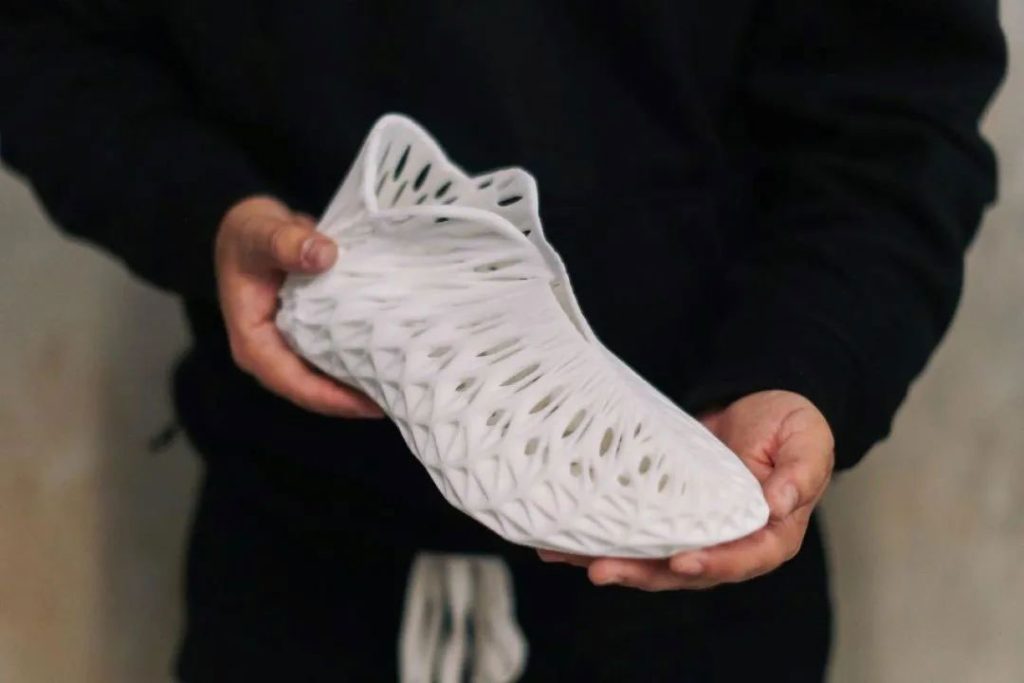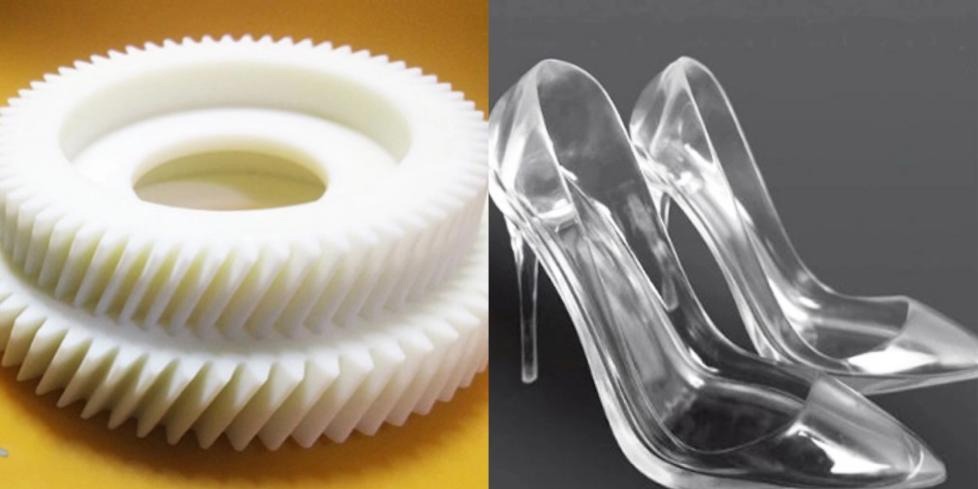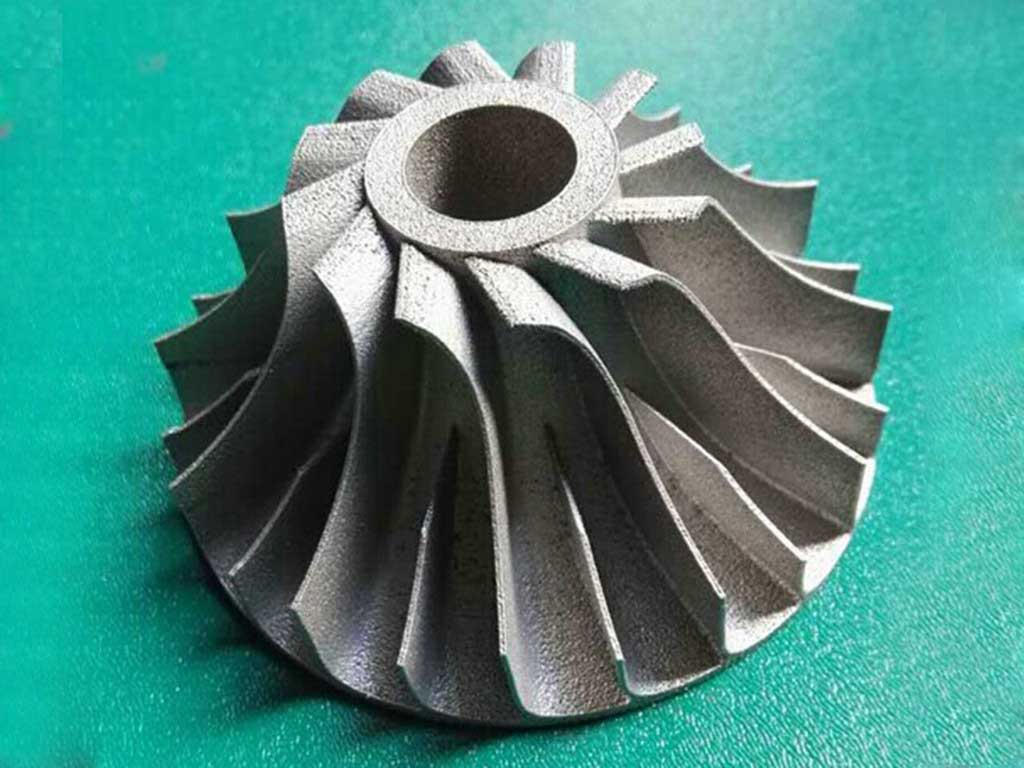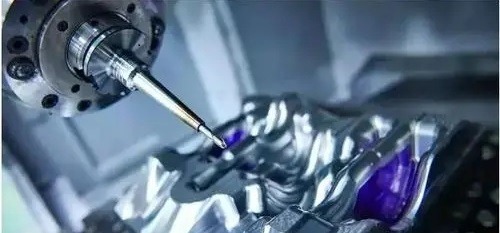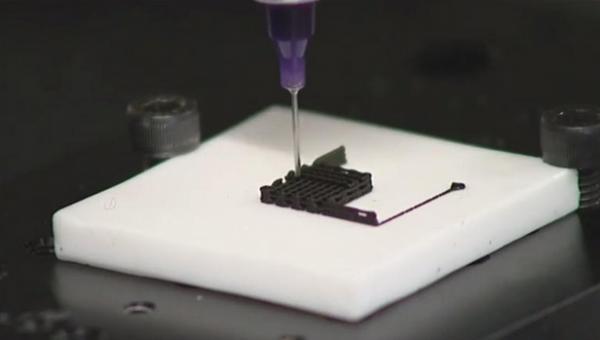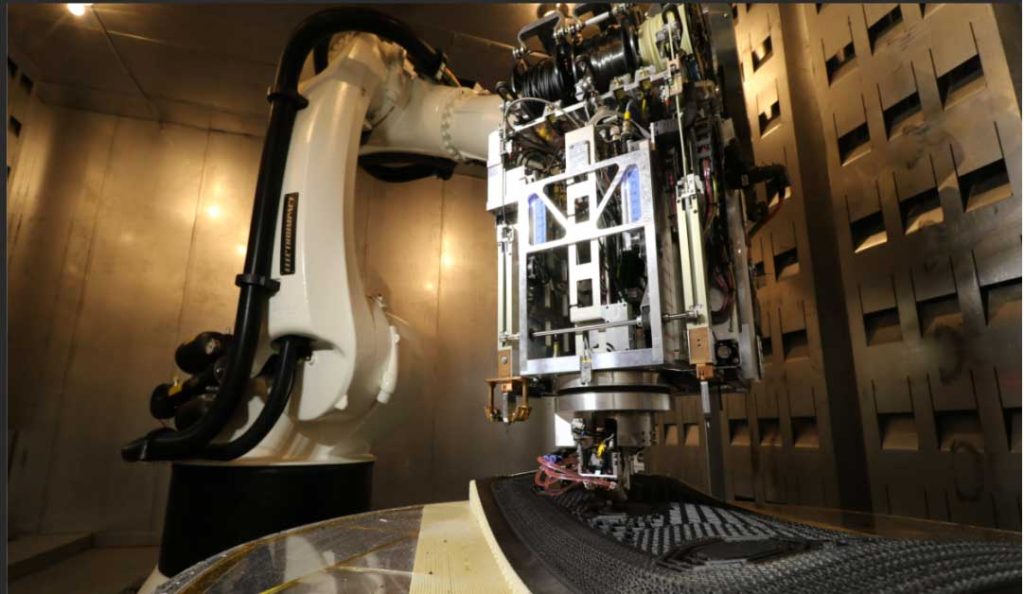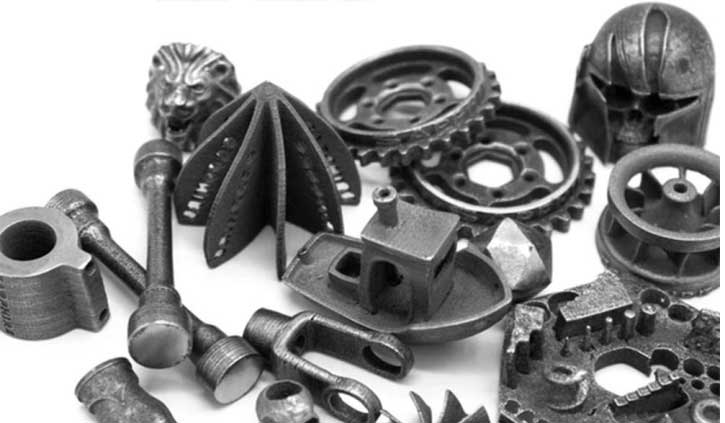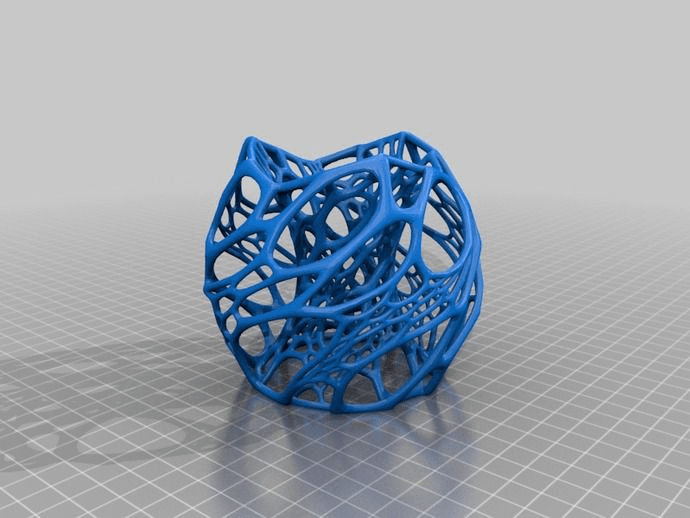This article will introduce 5 metal powders for metal 3D printing. They are aluminum alloys, magnesium alloys, stainless steel, high-temperature alloys, and titanium alloys.
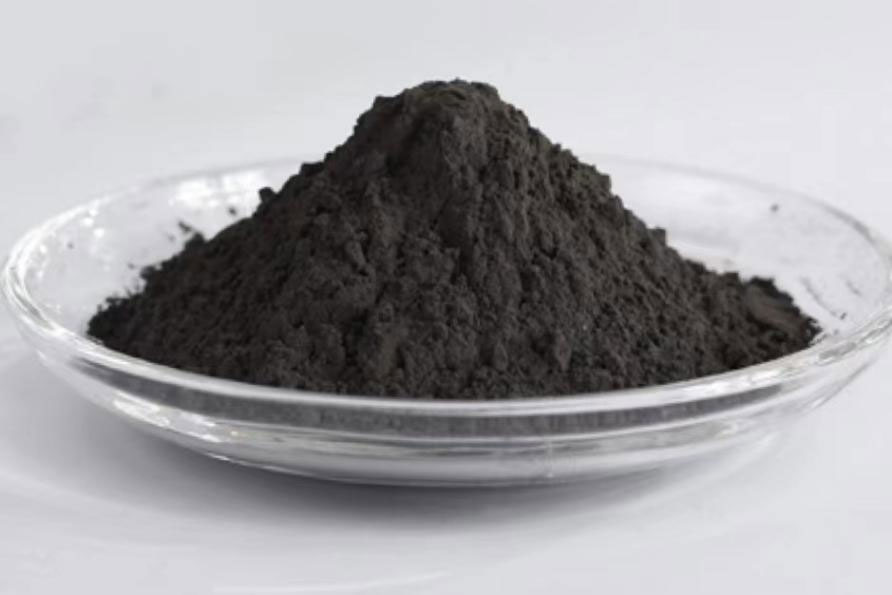
What is 3D Printing Technology?
3D printing is a kind of rapid prototyping technology, which is a technology that uses raw materials to stack up layer by layer to complete the manufacture of three-dimensional solid models. It is based on digital model files and uses bondable materials (such as plastic or powdered metal, etc.) to construct three-dimensional objects by layer-by-layer printing.
The Applications of 3D Printing Technology
3D printing generally uses digital technology material printers. It is used to make models in the fields of mold making, industrial design, and so on. With the development and maturity of technology, it was gradually used in the direct manufacture of some products or components. 3D printing technology already plays a role in footwear, industrial design, jewelry, medical, automotive, aerospace, education, architecture, civil engineering, and many others.
About Metal 3D Printing
In recent years, metal 3D printing has been considered to be the main development direction of the future manufacturing industry, and its development speed has far exceeded that of non-metal 3D printing. As the material basis of metal printing, metal powder materials are also an important breakthrough point in developing 3D printing technology. For the research on the types of metal powder materials, there are currently five metal powder materials: titanium alloy, aluminum alloy, magnesium alloy, superalloy, and stainless steel.
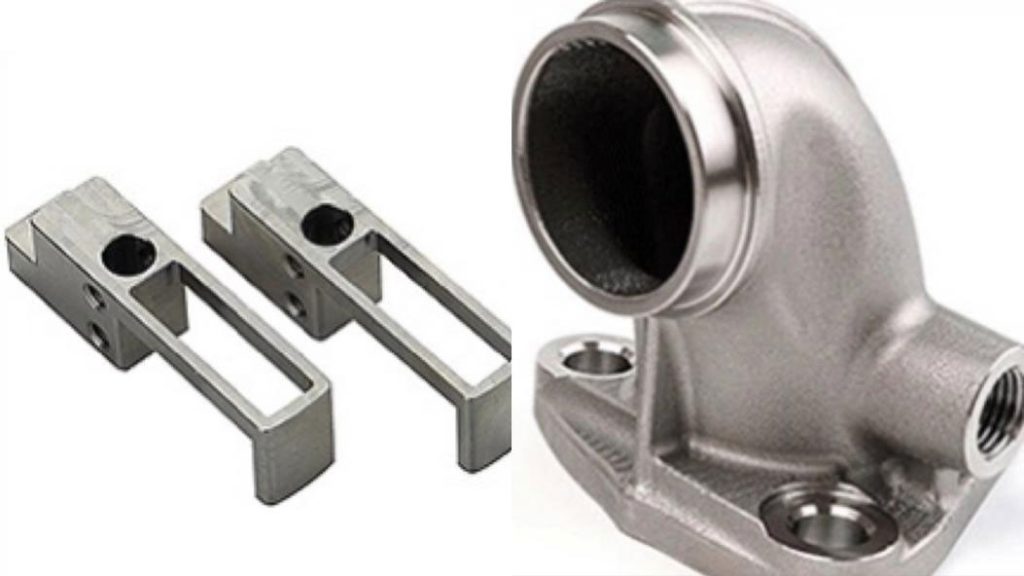
1. Titanium Alloy
Titanium alloys have the advantages of high strength, high thermal strength, good corrosion resistance, good low-temperature performance, and high chemical activity, and are widely used in sports equipment, chemical industry, nuclear industry, medical equipment, aerospace, and other fields. At present, many countries have realized the importance of titanium alloy materials.
Titanium alloy is a new important structural material used in the aerospace industry. Titanium alloy is mainly used to make aircraft engine compressor components, followed by rockets, missiles, and high-speed aircraft structural parts.
Titanium alloy parts manufactured by traditional forging and casting techniques have been widely used in high-tech fields.
In the cutting process, the deformation coefficient of titanium alloy is small, the cutting temperature is high, the tool is easy to wear, and the cutting force per unit area is large. Coupled with the poor wear resistance and poor process performance of titanium alloys, the machining of titanium alloys is very difficult, and the production process is complicated. And titanium alloys are very easy to absorb impurities such as hydrogen, oxygen, nitrogen, and carbon during hot working.
Therefore, if the traditional forging and casting methods are used to produce titanium alloy parts, the cost is high, the material utilization rate is low, the processing is difficult, and the production process is complicated. Due to these difficulties, the widespread application of titanium alloys has been hindered.
With the development of society, the use of metal 3D printing technology can solve the above problems, so 3D technology has become a new technology for directly manufacturing titanium alloy parts in recent years.
2. Aluminum Alloy
Aluminum alloy has excellent physical, chemical, and mechanical properties, such as high specific strength, lightweight, good fluidity, strong mold filling ability, good corrosion resistance, low melting point, good casting properties, and plastic workability. It is widely used in aerospace, marine industry, chemical industry, metal packaging, construction, electromechanical and daily necessities industries.
However, in selective laser melting, the characteristics of the aluminum alloy itself make manufacturing more difficult. At present, in selective laser melting, there are still problems such as oxidation, residual stress, pore defects, and density in the aluminum alloy.
3. Magnesium Alloy
Magnesium alloys are characterized by low density, good heat dissipation, high strength, large elastic modulus, good shock absorption, greater impact load capacity than aluminum alloys, and good corrosion resistance to organics and alkalis. Mainly used in aviation, aerospace, transportation, chemical industry, rocket, and other fields. Moreover, in many application fields, magnesium alloys have the potential to replace steel and aluminum alloys.
In selective laser melting, forming magnesium alloys has higher hardness and strength than casting.
4. Stainless Steel
Due to the good corrosion resistance of stainless steel itself, stainless steel can still maintain its excellent physical and mechanical properties at high temperatures. Moreover, the powder has good formability, a simple preparation process, and low cost. Therefore, in the field of 3D printing, stainless steel is also widely used.
At present, the research on selective laser melting of stainless steel mainly focuses on increasing the strength and reducing the porosity.
5. High-temperature Alloys
High-temperature alloys refer to a class of metal materials based on iron, nickel, and cobalt that can work for a long time at high temperatures above 600 °C and under certain stress. It has excellent high-temperature strength, good oxidation resistance and hot corrosion resistance, good fatigue properties, fracture toughness, and other properties. Mainly used in aerospace, energy, and so on.
The machined surface integrity of high-temperature alloys plays a very important role in their performance. However, high-temperature alloys are typical difficult-to-machine materials, and problems such as low machined surface quality and severe tool breakage often occur during the machining process. This is due to the high hardness of the micro-strengthened item, severe work hardening, high shear stress resistance and low thermal conductivity, and high cutting forces and cutting temperatures in the cutting area.
With the development of society, 3D printing technology has become a new method to solve the technical bottleneck in high-temperature alloys forming.
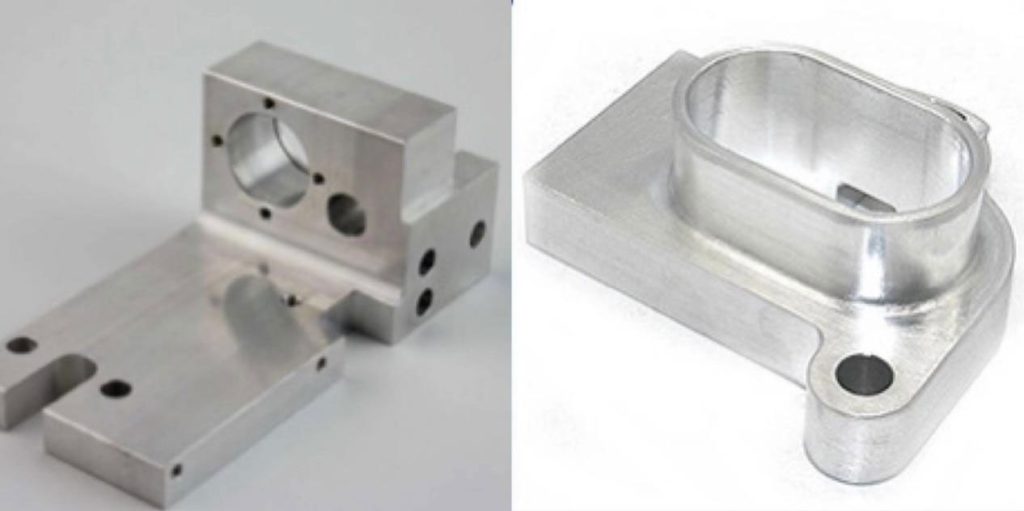
Conclusion
Metal powder 3D printing technology has achieved certain results, but the limitations of printing materials will affect the development of 3D printing technology. Although many types of 3D printing metal materials are suitable for industrial use today, only specialized metal powder materials can meet the production requirements.
Regarding the development of 3D printing metal materials, it is also necessary to strengthen the research on the relationship between material structure and properties on the basis of existing materials, optimize process parameters according to the properties of materials, increase printing speed and reduce porosity and oxygen content, and improve surface quality. At the same time, new materials need to be developed to make them suitable for 3D printing.


